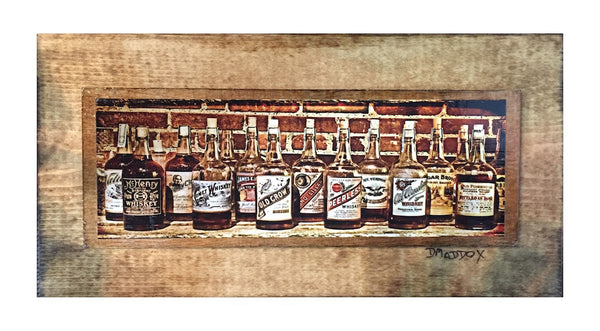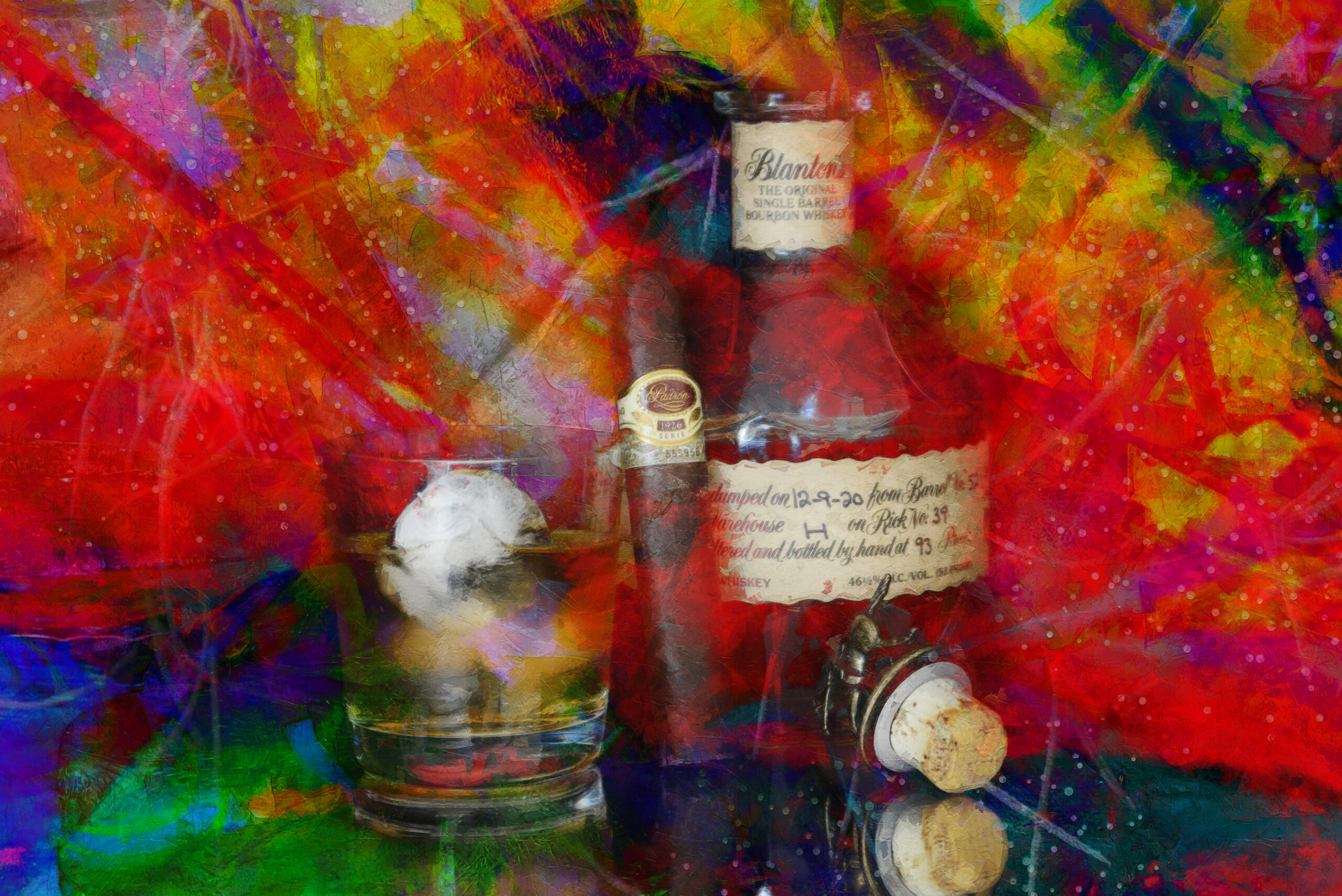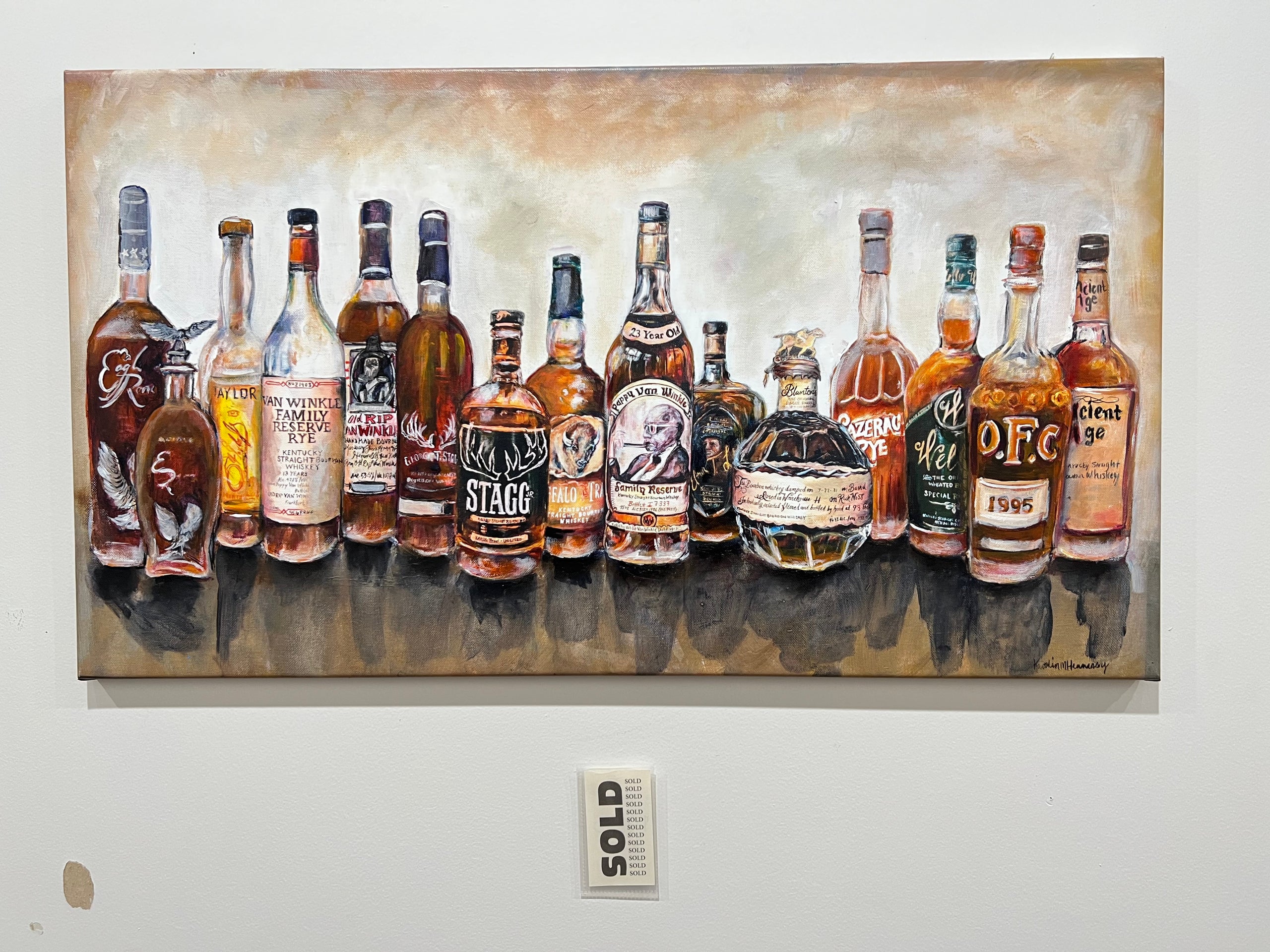The Importance of Whiskey Art in Celebrating Heritage and Craftsmanship in the Beverage Sector
The intricate connection in between whiskey art and the celebration of heritage and craftsmanship within the beverage market can not be overstated. Through thoughtfully developed containers and labels, scotch brand names encapsulate their historic roots and the artisanal abilities that specify their manufacturing approaches.
The Historical Origins of Whiskey
At the heart of scotch's attraction exists an abundant tapestry of historic roots that trace back to ancient worlds. The beginnings of bourbon can be linked to the purification practices of the Sumerians and Babylonians around 2000 BCE, where early forms of fermented grain beverages started to arise. It was in the Middle Ages that the art of purification progressed substantially, particularly in Ireland and Scotland, leading to the creation of bourbon as we know it today.
The term "scotch" itself stems from the Gaelic word "uisce beatha," indicating "water of life." This expression underscores the cultural relevance of whiskey in Celtic societies, where it was frequently associated with rituals, parties, and common bonding. By the 15th century, purification ended up being a recognized craft within reclusive communities, paving the way for the facility of lawful distilleries.
As profession paths broadened, whiskey's appeal grew, going beyond local boundaries and recording the rate of interest of aficionados worldwide. Bourbon Art. This historical journey reflects not just the craftsmanship behind bourbon manufacturing yet likewise its integral duty in social and social contexts, marking it as a significant drink throughout history
Artistic Expression in Branding
Bourbon branding stands as an engaging crossway of virtuosity and business, where visual identification plays a vital function in forming customer understanding. The looks of scotch tags, product packaging, and marketing products reflect not only the brand name's story however additionally its core worths and heritage. Through creative expression, distilleries communicate a narrative that reverberates with consumers, evoking emotions and stimulating links.
The usage of color, typography, and imagery in branding serves to differentiate products in a saturated market. Typical concepts might stimulate a sense of credibility and craftsmanship, while modern-day styles can indicate advancement and forward-thinking. This critical artistic direction enhances brand acknowledgment and loyalty, permitting customers to forge an individual connection with the whiskey they pick.
Furthermore, imaginative expression in branding often functions as a celebration of local heritage. Distilleries regularly integrate local signs or historic referrals into their designs, producing a feeling of place that invites consumers to engage in a more comprehensive social experience. Ultimately, the artistry behind whiskey branding not only boosts aesthetic appeal however also enriches the overall narrative of the brand name, cultivating a deeper appreciation for the craftsmanship and heritage embedded in each bottle.
Craftsmanship in Bottle Style
The virtuosity noticeable in bourbon branding expands beyond aesthetic identification to incorporate the craftsmanship associated with container style. Each bottle acts as a vessel not just for the spirit within, yet additionally for the tale it outlines its tradition, origin, and quality. The layout procedure needs careful interest to detail, as aspects such as shape, material, and closure add significantly to the total assumption of the bourbon.
Craftsmanship in bottle design entails choosing top quality glass that can enhance the whiskey's shade and clearness, while likewise providing a responsive experience for the customer. The silhouette of the container need to be both practical and visually appealing, frequently mirroring the heritage of the brand. Many distilleries choose one-of-a-kind shapes or printed logo designs that evoke a feeling of credibility navigate here and history.
In addition, the label layout and typography play a critical function in communicating the brand name's narrative. Limited Edition. A well-crafted container not only captivates the customer's eye but additionally enhances the brand's dedication to high quality and practice. In this means, the workmanship of bottle style becomes a crucial aspect of the scotch experience, combining creativity with an extensive respect for heritage
Social Significance of Whiskey Art
Celebrating custom and workmanship, the cultural value of whiskey art goes beyond plain appearances, intertwining with the historic and social narratives of the areas where it originates. Each bottle works as a canvas, depicting the special tales, folklore, and customs that have actually formed local whiskey-making techniques. The intricate styles usually reflect the heritage of the distillers, integrating signs and concepts that reverberate with the culture and values of their neighborhoods.

Furthermore, scotch art plays an important function in communal events and parties, serving as a concrete web link between people and their shared experiences. By valuing the artistry in scotch product packaging, customers cultivate a much deeper understanding and regard for the craft, ultimately enhancing their enjoyment of the beverage itself.
Modern Trends in Scotch Discussion
In recent years, the presentation of scotch has actually developed to reflect modern preferences and fads while still honoring standard workmanship - Whiskey Art. Distilleries are progressively concentrating on aesthetic aspects that improve the general alcohol consumption experience, connecting the gap in between heritage and modernity
Cutting-edge bottle designs have emerged, usually incorporating sustainable materials and creative tags that inform engaging tales. Several brands now collaborate with local artists, infusing their items with distinct visual expressions that resonate with customers. Additionally, limited-edition releases are typically packaged in collectible containers, adding value and charm for lovers.

Final Thought
To conclude, whiskey art acts as a crucial avenue for sharing the heritage and craftsmanship fundamental in the drink market. Via detailed branding, innovative bottle styles, and culturally substantial imaginative components, bourbon brands effectively honor their traditions and connect with consumers. This artistic narrative not only elevates the gratitude of whiskey yet additionally reinforces community identity and pride amongst manufacturers. Inevitably, bourbon art plays an essential role in preserving and celebrating the abundant social tapestry of whiskey-making.


Craftsmanship in bottle layout includes choosing top quality you can check here glass that can enhance the bourbon's color and clarity, while additionally giving a responsive experience for the customer. In this method, the craftsmanship of container style becomes an essential element of the whiskey experience, combining creativity with a profound regard for heritage.
In final thought, bourbon art offers as an important conduit for sharing the heritage and craftsmanship inherent in the drink industry.